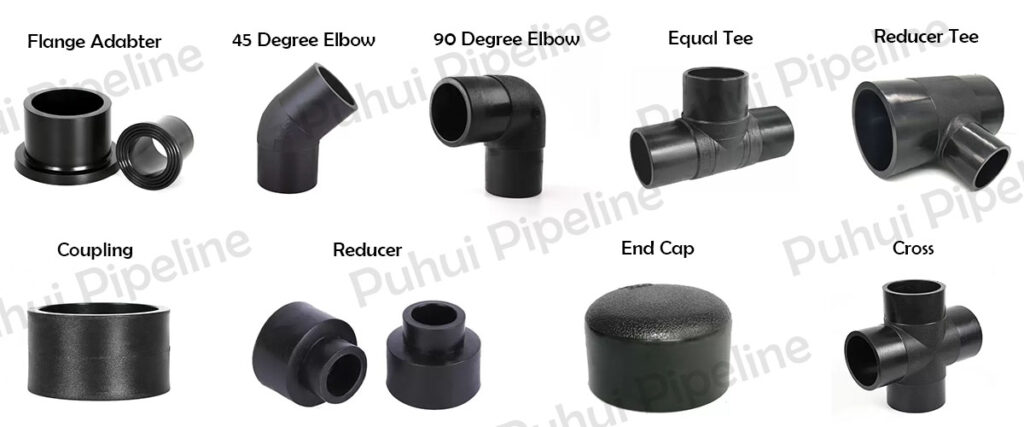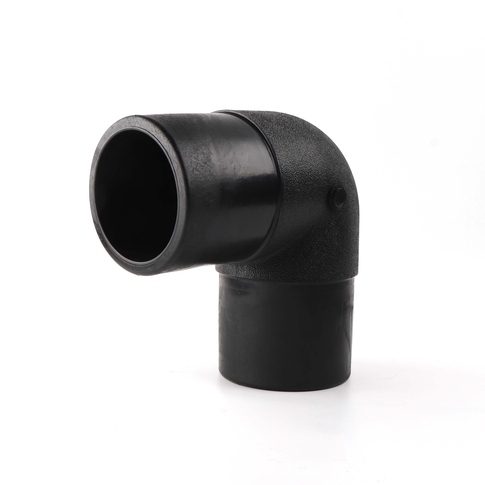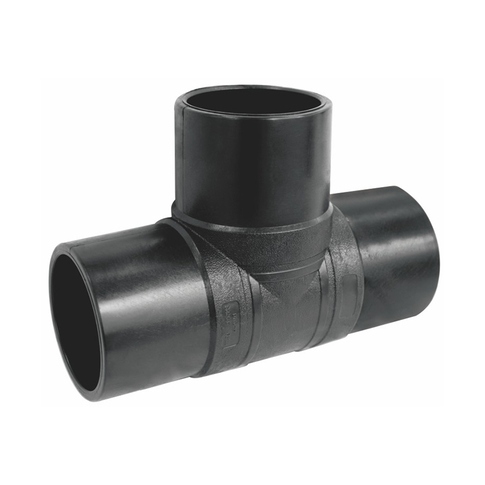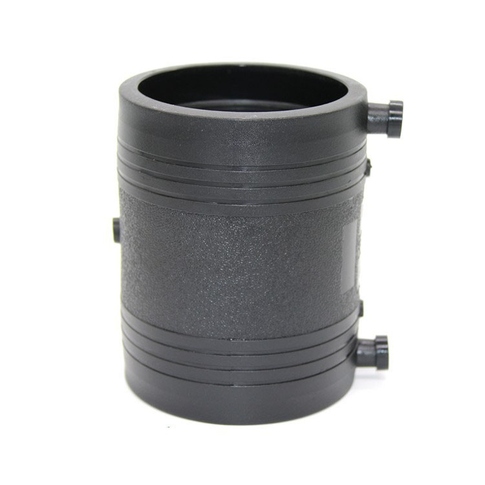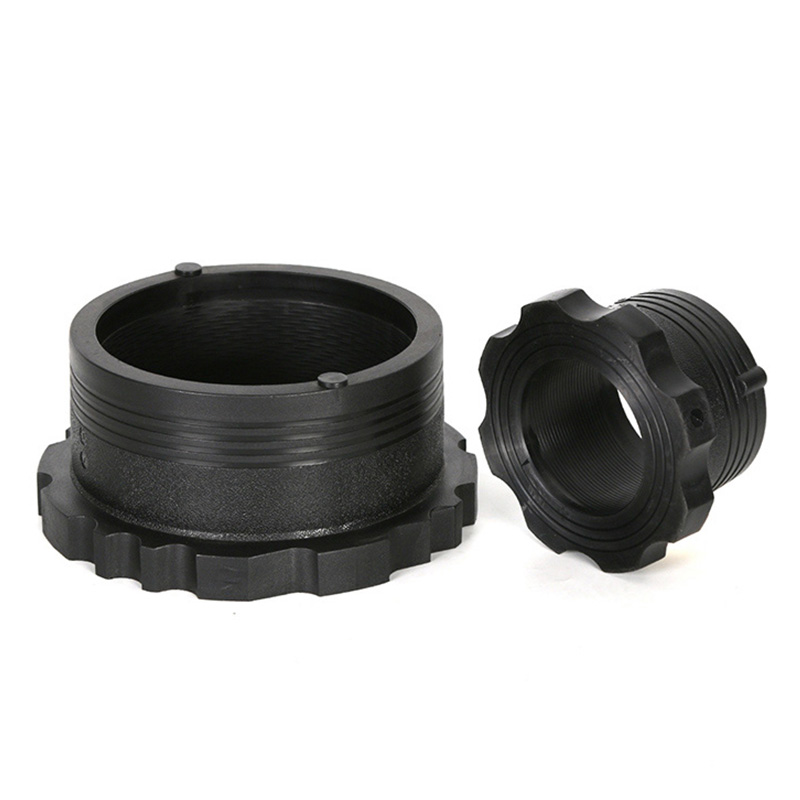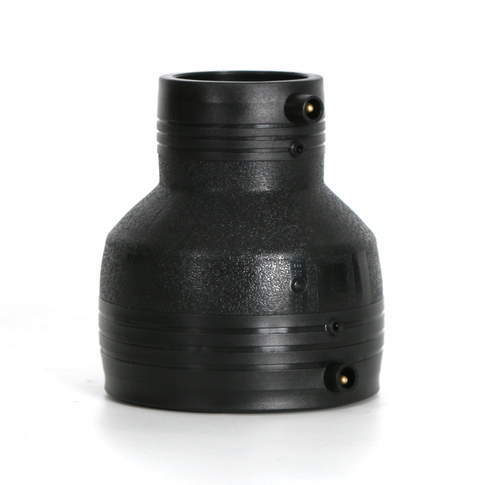01
Dec
HDPE Fittings and Connections: A Complete Overview
High-Density Polyethylene (HDPE) is a versatile material widely used in piping systems due to its durability and flexibility. This detailed analysis delves into the various types of HDPE fittings, their advantages, diverse applications, and the methodologies employed in their connections.HDPE fittings are manufactured to meet various international standards, ensuring their quality and compatibility with different pipe sizes and pressures.
Detailed Types of HDPE Fittings
HDPE fittings are crucial for creating a cohesive and efficient pipe network. Here’s a closer look at each type:
- Elbows: These fittings are available in different angles, such as 22.5°, 45°, and 90°, to facilitate directional change in the pipeline.
- Tees: They come in various forms, like straight tees for pipes of the same diameter and reducing tees for connecting pipes of different diameters.
- Reducers: Essential for transitioning between different pipe sizes, they ensure a smooth flow rate and prevent leakage.
- End Caps: Used to close the end of a pipe, they are critical for future network expansions or terminations.
- Flanges: Facilitate the attachment of HDPE pipes to other components, like valves, with bolted connections for easy assembly and disassembly.
Advantages of HDPE Fittings
- Chemical Resistance: Immune to most acids, bases, and salts, making them ideal for industrial applications.
- High Impact Resistance: Withstands external impacts, reducing the risk of damage during installation and operation.
- Weather Resilient: Performs well in extreme temperatures and UV exposure.
- Flexibility and Fatigue Resistance: Can be bent to a certain radius without breaking, suitable for dynamic systems.
Applications Across Industries
- Municipal Water Supply: For potable water distribution due to their non-toxic nature.
- Wastewater Management: Utilized in sewer systems due to their leak-proof nature.
- Chemical Processing Plants: Ideal for transporting aggressive chemicals.
- Agricultural Irrigation: Flexibility and durability make them suitable for varying terrain.
Connection Techniques
HDPE fittings are connected using specialized techniques to ensure a secure and leak-proof system:
- Butt Fusion: The most common method where the ends of the pipes and fittings are heated and then pressed together.
- Electrofusion: Involves using a special fitting containing an electrical resistor. When current is applied, the resistor heats up, melting the HDPE and creating a bond.
- Mechanical Connections: Utilizes mechanical couplers for situations where fusion is not feasible.
Key Considerations for Installation
- Pipe Preparation: Pipes must be cut squarely and cleaned for dirt and debris.
- Alignment and Support: Proper alignment and support are crucial to maintain the integrity of the connection.
- Temperature and Pressure: Adhering to specific temperature and pressure guidelines during the fusion process is vital for a strong bond.
The industry is moving towards more sustainable practices, including the use of recycled materials in HDPE fittings and advancing fusion techniques for better efficiency and reduced environmental impact.

